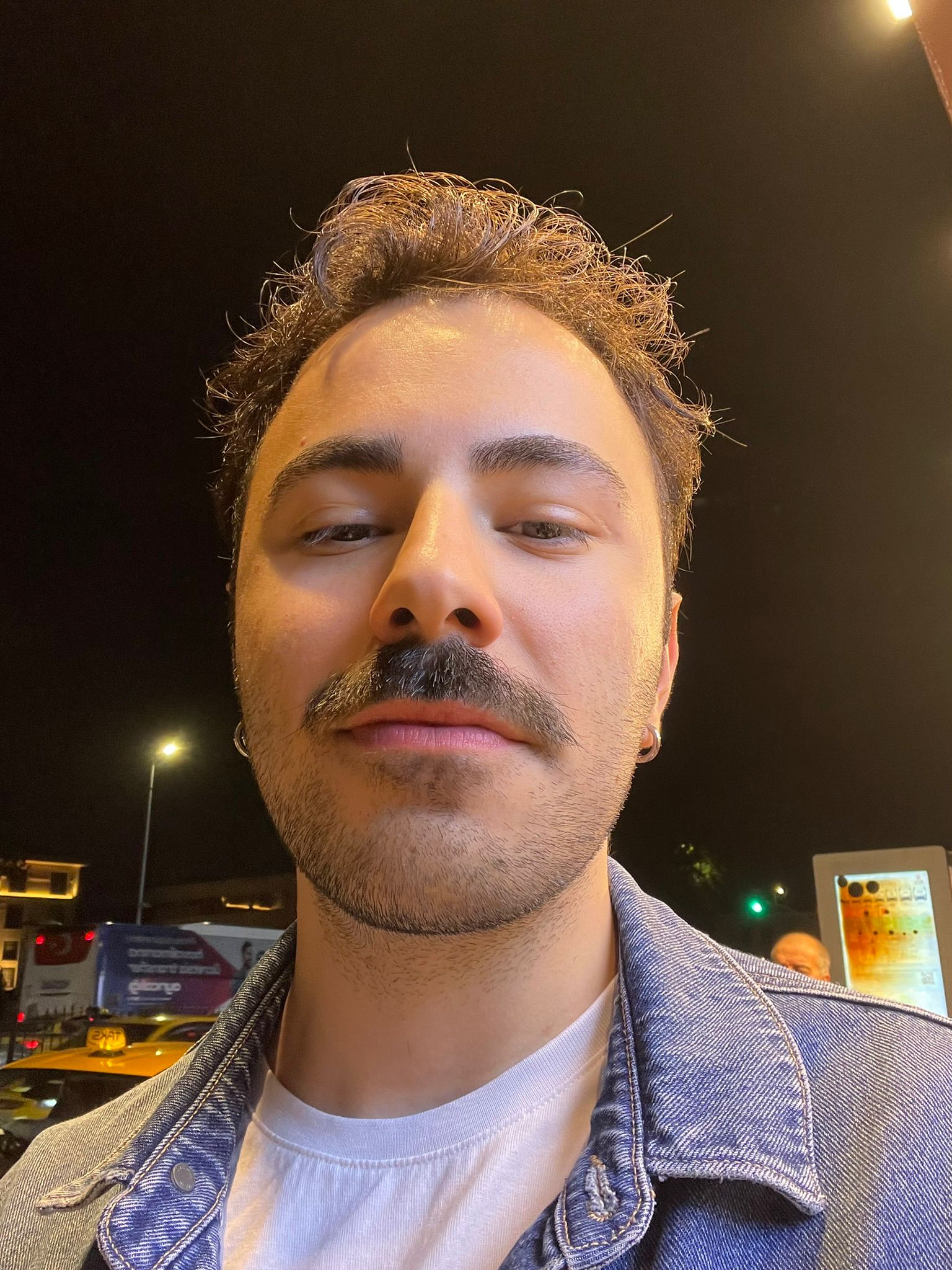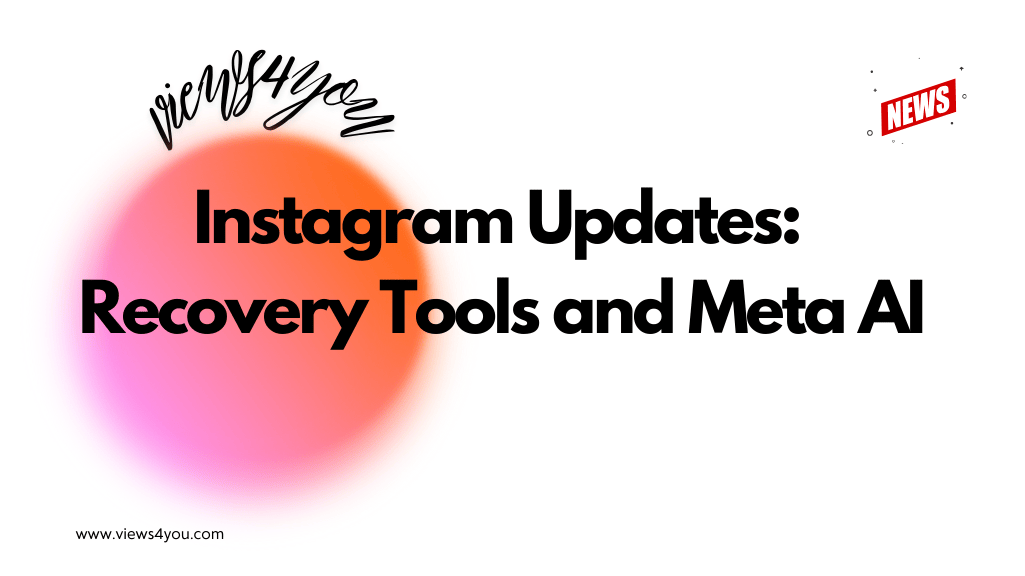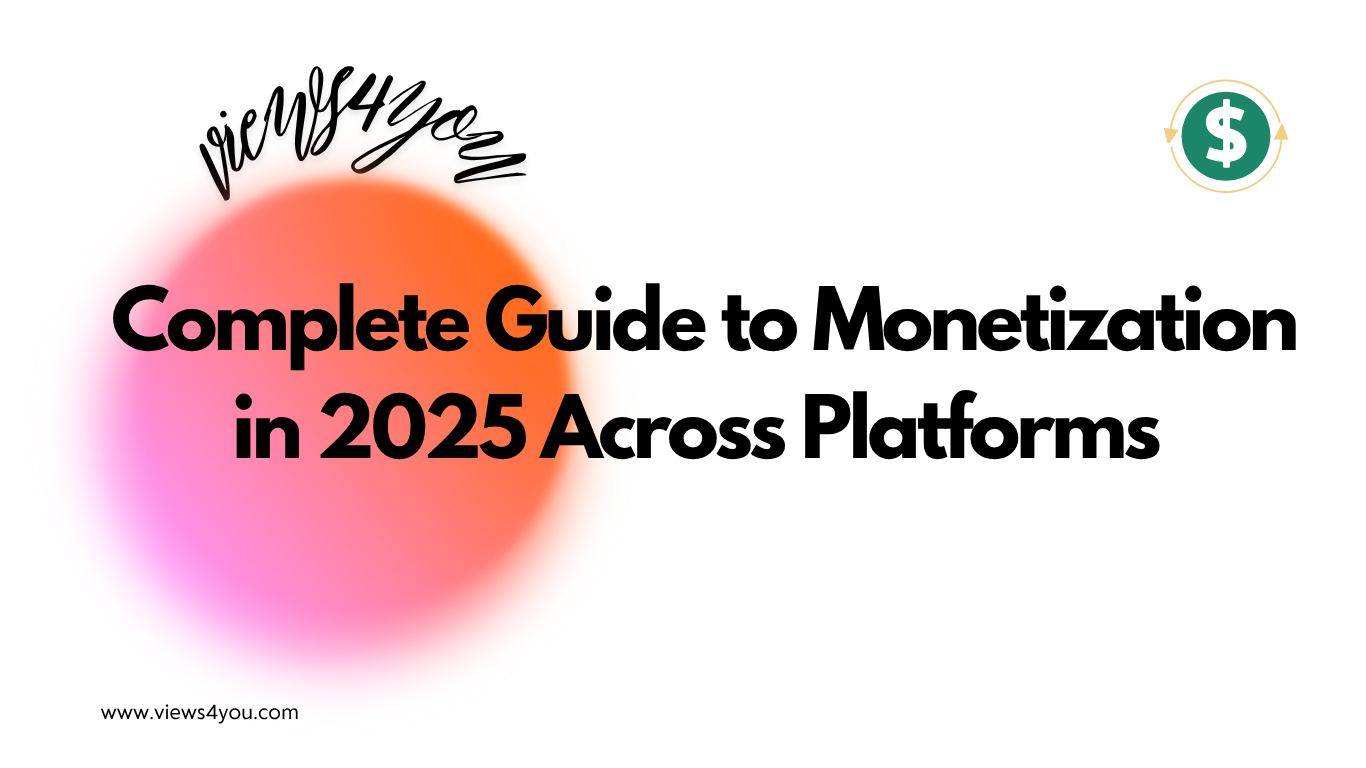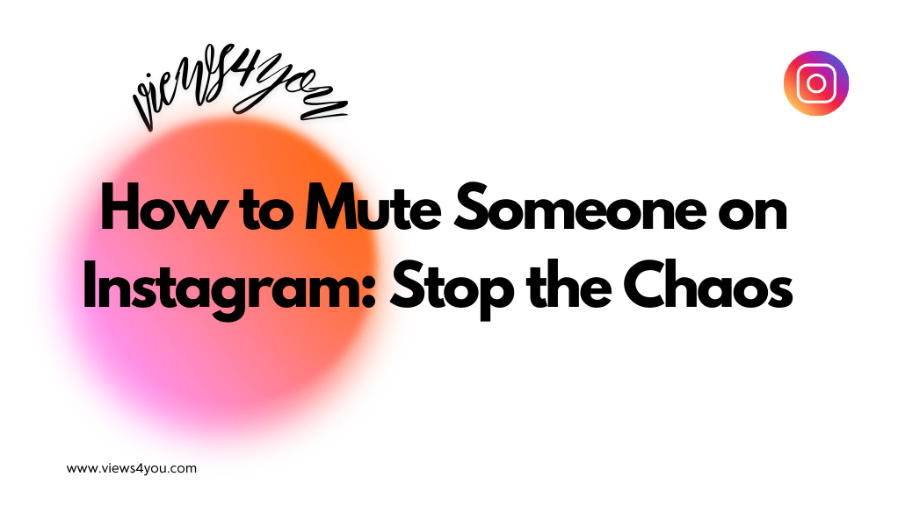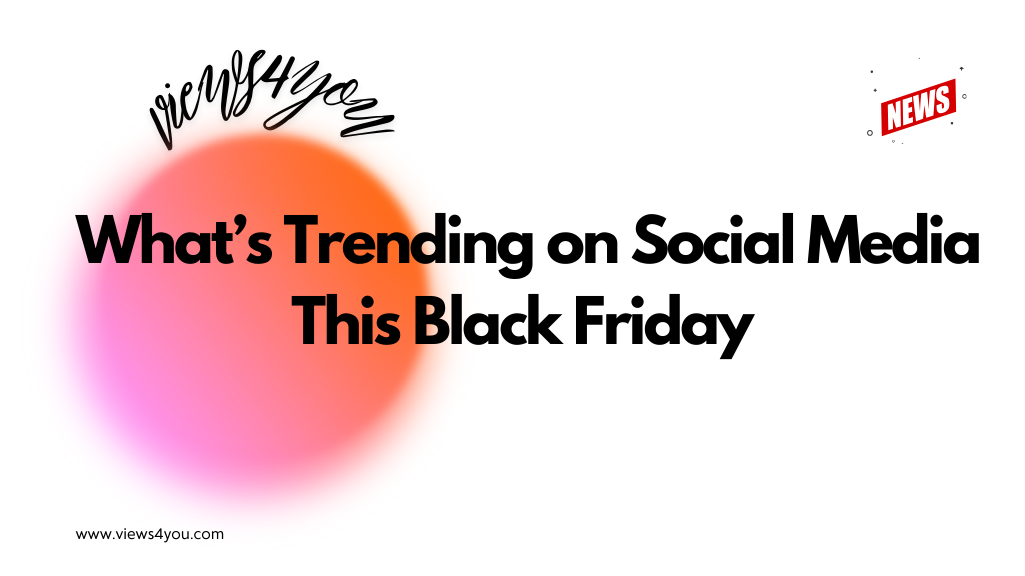Inclusive influencer marketing is a strategy where brands partner with creators who reflect a wide range of real, world identities, across race, gender, ability, age, and background, to build campaigns that are welcoming, accessible, and deeply relatable. It goes beyond visual diversity to include authentic messaging, values alignment, and respectful representation.
When I first worked on an influencer campaign, I thought I understood what “inclusive” meant. I believed that as long as I included different people, different races, body types, and backgrounds, I was doing it right. But over time, I realized I was missing the point.
Inclusion is about understanding people. It means building campaigns that welcome all kinds of voices, not just showing diversity, but living it through the choices you make, who you work with, how you tell stories, and who you’re speaking to.
If you want your audience to feel seen and heard, you have to go beyond surface-level diversity. Inclusion isn’t just what’s in front of the camera. It’s also behind it, in your message, your tone, and your intentions.
Why Inclusion Makes Campaigns Stronger?
You’ve seen it. People today don’t just want nice products; they want to feel like brands get them. That’s where inclusive influencer marketing changes everything. When someone sees a campaign and thinks, “That looks like me,” they’re more likely to stop, listen, and care.
I’ve watched brands go from being ignored to becoming community favorites simply because they showed people who had never been represented before. Whether it’s a creator with a disability, someone who wears a hijab, or an older influencer sharing life advice, these aren’t “add-ons.” They’re the key to real connection.
Inclusion builds trust. And trust builds engagement. And yes, more engagement often means better results. But more importantly, it means your brand becomes part of people’s lives in a more meaningful way.
How to Choose the Right Inclusive Influencers?
Once you understand why inclusion matters, the next step is finding the right people to work with. And this isn’t just about choosing someone who “looks” different. It’s about working with influencers who truly represent their communities and speak with honesty.
Here’s what I do, I look at how they talk to their followers. Are they real? Do they share their values openly? Are they involved in causes or conversations that matter? I also check how people respond to them. If their audience feels heard and understood, that’s a good sign.
I never choose an influencer just because they fit a certain profile. I chose them because their voice fits the message. If you care about inclusion, then the people you work with should care about it too, not because you asked them to, but because it’s already part of who they are.
Building Campaigns That Include Everyone From the Start
Once you’ve chosen your influencers, it’s time to build the campaign. This part matters just as much. You can’t just hand someone a script and expect the campaign to feel real. I’ve learned that the best results come when I ask the influencer, “How would you tell this story?”
Inclusion also shows up in the little things: adding captions to videos, making sure images are accessible, and choosing words that don’t exclude people. These details may seem small, but they send a big message: “You’re welcome here.”
And that’s what inclusion is really about. Not just who you show, but how you speak to them.
What to Avoid: When Inclusion Turns Into a Show
Let me be honest. I’ve seen brands try to look inclusive without being inclusive. They post during Black History Month or Pride, tag a few creators, and then disappear. People notice. And it usually backfires.
If you only include people during certain months, or if you only work with certain creators once, it feels like a performance. That’s not the goal. The goal is to build relationships that last beyond a campaign.
You don’t have to get it perfect every time. But you do have to mean it. People are forgiving when they see you’re learning. What they don’t like is being used.
How to Know If Your Inclusive Campaign Worked?
So how do you measure success? Of course, you can look at numbers, likes, shares, and clicks, but there’s more to it. I pay attention to what people say. Are they commenting with support? Are they tagging friends? Are they saying, “This feels like me”?
I also check in with the influencers I worked with. Were they treated fairly? Were they proud to be part of the campaign? Did they feel heard?
And here’s something I’ve found helpful: sometimes success isn’t loud. Sometimes it’s the quiet messages, the DMs, the private feedback, that tell you your campaign made a real difference.
Examples That Show It Can Be Done Right
Let’s talk about what works. Fenty Beauty is the example everyone mentions, and for good reason. They didn’t just say they cared about diversity. They built their entire brand around it, with shades for every skin tone, and influencers from every walk of life.
Another great one is Tommy Hilfiger’s Adaptive line. They designed clothes for people with disabilities, then worked with creators who actually use those clothes. It wasn’t just about showcasing products; it was about showing respect.
What both of these brands did right was simple: they included people from the start. That’s something you can do too.
What’s Changing and What You Should Prepare For?
Inclusive marketing isn’t slowing down. If anything, it’s becoming more personal. More people are following creators who speak directly to their lived experiences. That means brands have to think smaller, deeper, and more intentionally.
I’ve started working more with micro-influencers, those with smaller but stronger communities, because they often have the trust that bigger accounts can’t match.
You’ll also see more demand for real accessibility: captions, translations, screen readers, and friendly formats. It’s not just about who you work with; it’s also about how you deliver your content.
The future isn’t about looking inclusive. It’s about being inclusive in ways that are built in, not added on.
FAQs
What’s the difference between diversity and inclusion in marketing?
Diversity is about who’s represented. Inclusion is about how they’re treated, heard, and involved in shaping the story.
How do I avoid tokenism when working with creators?
Choose creators for their voice and impact, not just for how they look. Build real relationships, not one-time deals.
Should I talk publicly about being inclusive?
You don’t have to announce it. Let your choices show it. If people notice and talk about it, great. If not, you’re still doing the right thing.
What if I don’t have the budget for a big campaign?
Start small. Work with one creator who fits your values. Focus on connection, not scale. Inclusion isn’t about how much you spend.
How can I keep learning about inclusive marketing?
Follow creators who speak on these topics. Read feedback. Stay curious. The best way to learn is to listen, with intention.
